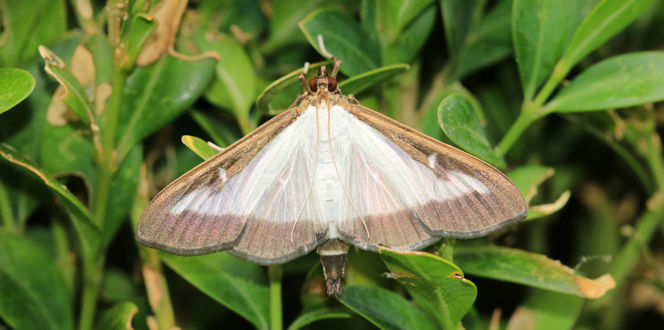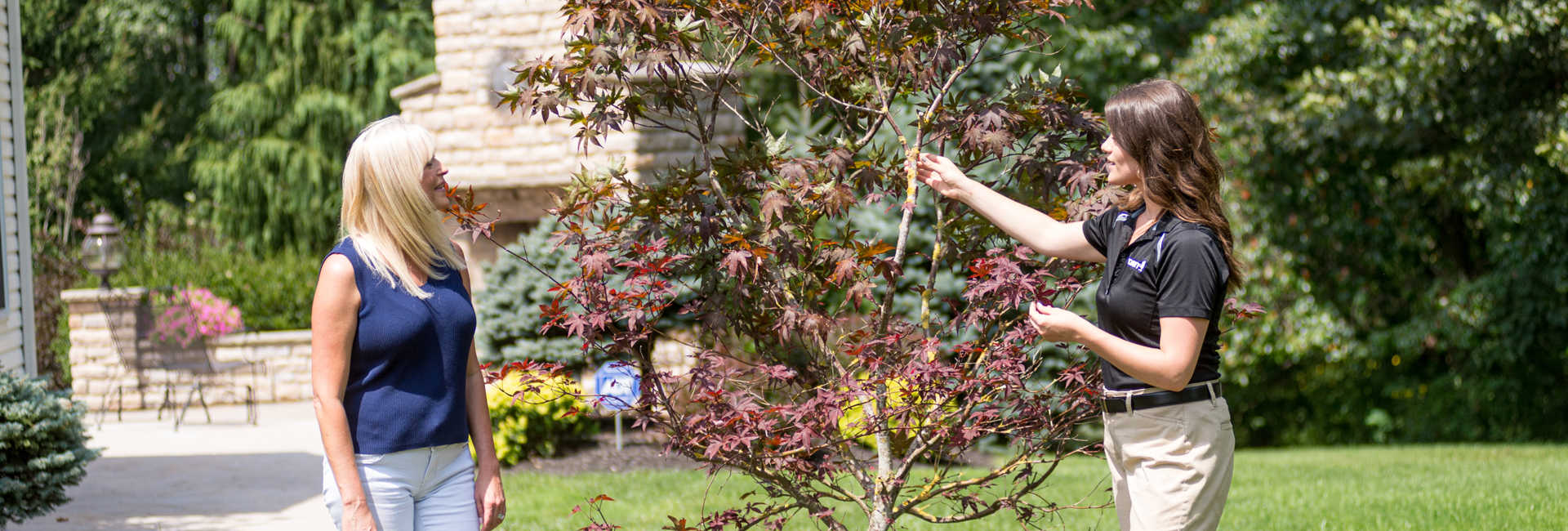Magnolia Scale Description:
Magnolia scale, Neolecanium cornuparvum. This the largest of the soft scale. Adult female scales are relatively large, up to ½ inch and peach to gray in color, often with a fuzzy white covering. Feeding by the insect can stress trees, resulting in twig dieback and a decline in tree health.
Hosts:
Magnolia scale attacks all types of Magnolia trees, both native and ornamental. Infestations on non-native varieties tend to be worse.
Biology & Symptoms:
There is one generation (from egg to adult) per year. During the winter, scales appear as small, dark-colored nymphs. When mature, males turn white in color, while females turn white to brownish purple in color. Females form eggs from mid-summer to fall. The crawlers emerge in late summer-fall and overwinter as immatures on more recent growth.
Scale have sucking mouthparts that they use to extract plant sap. Magnolia scale also excrete a sticky liquid known as honeydew. The fallen honeydew can lead to growth of a fungus known as sooty mold. This may result in blackened leaves and twigs that detract from the aesthetics of the tree. Sooty mold growth on the leaves may be the first sign that a scale insect problem exists. Excess honeydew can also attract pests such as wasps looking to feed on the sugars.
Management:
Magnolia scales are immobile during their lifetime except as crawlers (newly-hatched nymphs). Unlike many other soft scales, magnolia scale crawlers don’t feed on leaves but rather settle directly on twigs, branches and stems, where they overwinter. Magnolia scale eggs usually hatch around mid-August through September. This can vary by location. At that time, the plant can be sprayed with an insecticide to disrupt the life cycle. Soil applications or trunk injections of a systemic insecticide will also aid in suppressing this pest. Individual live adults can also be removed physically, taking care not to damage the bark. Consult with your local arborist for the best treatment option.





